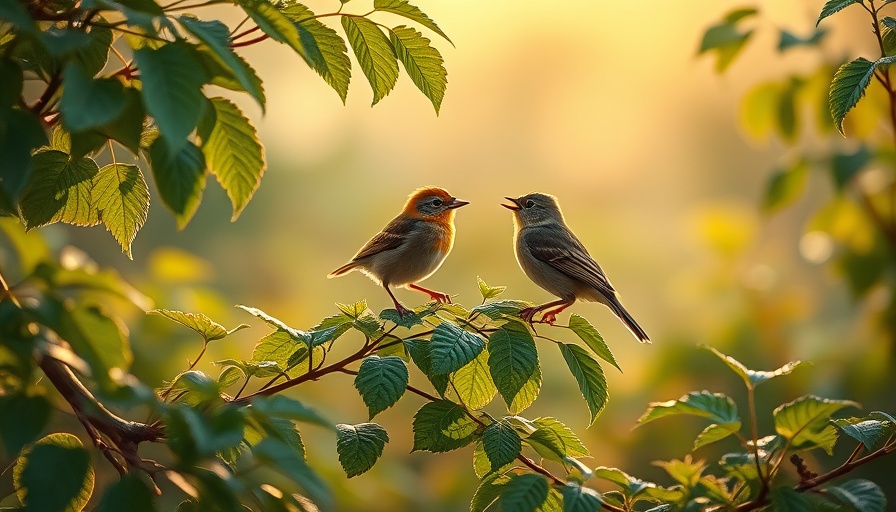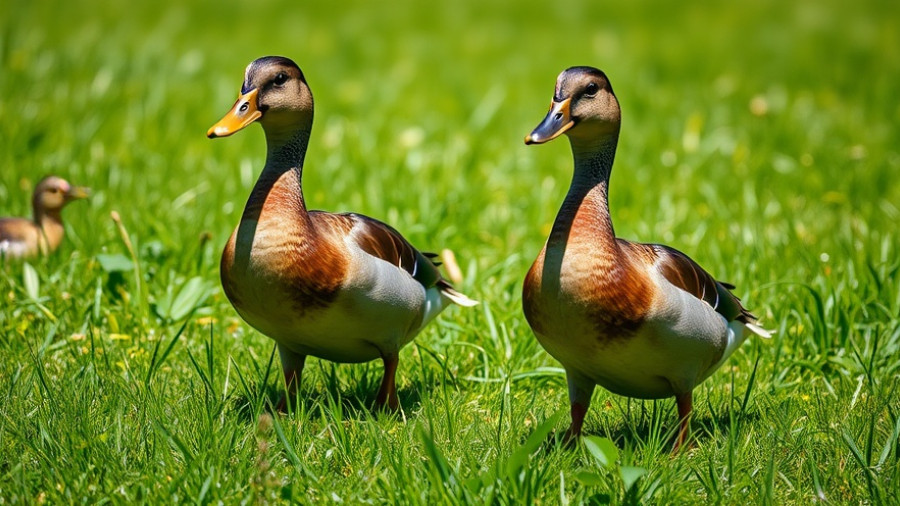
The Fascinating Dynamics of Bird Activity
Are birds more active at dawn or dusk? If you’ve ever enjoyed the serenity of early morning or the calm of twilight, you might have pondered this question. Most birds are indeed more active at dawn, a phenomenon aptly known as the "dawn chorus." This gives birdwatchers a perfect opportunity to witness a vibrant display of avian activity.
The Magic of the Dawn Chorus
The dawn chorus is a spectacular orchestration of bird songs that begins just before and continues after sunrise. Many species participate, making it a unique and magical experience. They sing not only to mark their territory but also to attract potential mates. It is during this prime time of vocal display that many birdwatchers see a breathtaking variety of feathered friends. The activity peaks as birds engage in their morning routines, often resulting in delightful feeding frenzies—all observable by attentive spectators.
Dawn vs. Dusk: Why Timing Matters
Compared to the relatively quieter dusk, dawn presents optimal conditions for birdwatching. During early hours, birds are busy and lively, with cooler temperatures enhancing outdoor comfort and better lighting conditions improving visibility. In contrast, as evening approaches, birds begin to slow their activities, preparing to roost and waiting for the next dawn's promise. With fewer human disturbances during these early hours, birdwatchers often report richer experiences.
Psychological Benefits of Dawn Birdwatching
Engaging with nature at dawn possesses unique psychological benefits. Starting the day with birdwatching can foster positivity and renewed energy, setting a constructive tone for the day ahead. Moreover, the anticipation of the dawn chorus encourages enthusiasts to rise early, transforming a simple observation into an enriching daily ritual.
Overcoming the Early Bird Challenges
Of course, embarking on dawn birdwatching has its challenges, primarily the daunting early wake-up call. However, for many, the reward of witnessing active birds amidst the tranquil beauty of the morning sky outweighs the discomfort. Preparing adequately for low light conditions, ensuring you have the right gear, and familiarizing yourself with target species can enhance your experience.
Conclusion: The Dawn Advantage
Ultimately, dawn is the optimal time for birdwatching, offering a unique blend of activity, absence of disturbances, and psychological uplift. For those who seek a deeper connection with avian life or simply wish to enhance their outdoor experience, rising early can lead to truly memorable adventures. Next time you're pondering whether to rise with the sun or embrace the calm of dusk, consider the vibrancy and activity that dawn holds.
 Add Row
Add Row  Add
Add 




Write A Comment